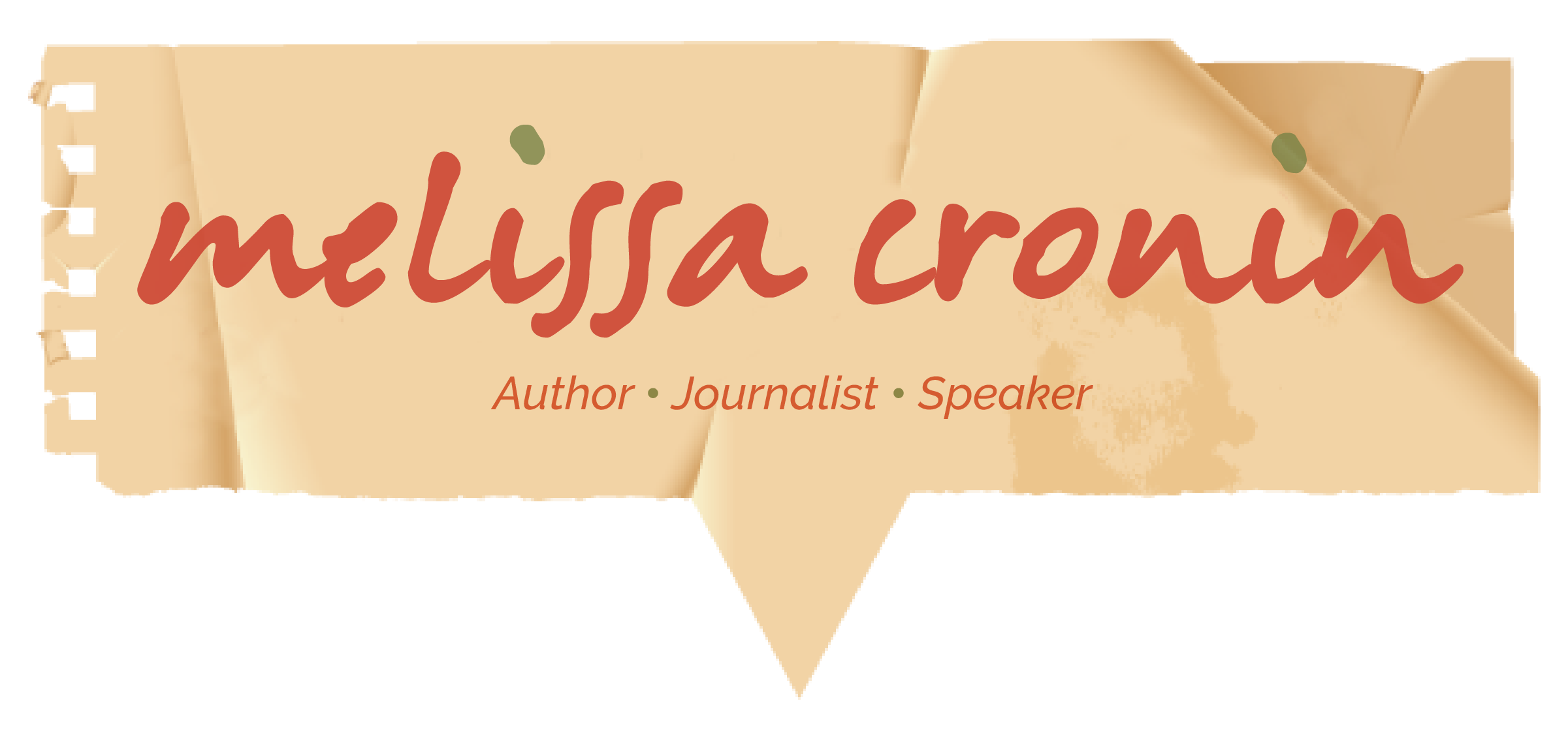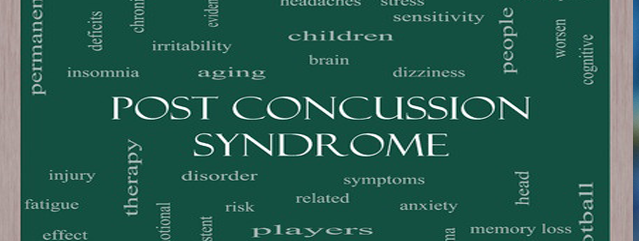Mindfulness Meditation for Post-Traumatic Stress Disorder and Traumatic Brain Injuries
Do you have post-traumatic stress disorder? A traumatic brain injury? Both? If so, and you can’t seem to rein in the scattered thoughts that disrupt your day-to-day life, you might want to try meditating. Mindfulness meditation – mentally focusing on the present moment – helps alleviate PTSD, and TBI, symptoms. In a study conducted with a large group of marines, researchers had them participate in mindfulness meditation training while monitoring their blood pressure, heart rate, and breathing. Stress-related neuro-chemicals were also measured. Not only did researchers find that the marines were calmer during and after meditating, but they were able to react faster when faced with threats. In other, smaller studies, civilians with TBIs were trained in mindfulness meditation, and the findings showed that nearly sixty-percent recovered from depression. Participants also reported less anxiety and more energy.
Researchers don’t know exactly how mediation alleviates PTSD and TBI symptoms, but they’ve noted that it helps to reduce cortisol levels, a hormone associated with stress and depression. Meditation has also been shown to change the structure of the brain. Harvard researchers followed sixteen people in the general population who participated in an eight-week meditation program at the University of Massachusetts Center for Mindfulness. After completing the sessions, the researchers looked at magnetic resonance imaging studies of the participants, and found an increase in gray matter in the hippocampus, the part of the brain responsible for learning and memory, as well in the other structures linked to self-awareness. Since 1979, more than twenty thousand people have completed the program.
A few years after being diagnosed with PTSD and a TBI, I tried meditating, with the hope of slowing down the mental chatter, and getting rid of the self-critical voice that said, “You’re incapable.” But I gave up after the first day – a cascade of unfocused thoughts kept colliding with the other, more steady voice in my head that said, Breath, breath in and out. I told myself I had failed at meditating. The irony is that, with practice, meditation helps you to accept your thoughts and feelings without judgment. Also, meditation is not some kind of futuristic, Brave New World model designed to erase all thoughts – that’s expecting the impossible. Meditation helps you to view your thoughts from a distance, as if you were standing outside of yourself, watching your thoughts pass by like clouds.
Two months ago, a friend told me she had started meditating five months earlier because she could not live with being self-critical at work and at home. “It’s changed my life,” she said. Her exuberance was powerful, powerful enough to convince me to try meditating again. My friend told me about Headspace, an accessible, user-friendly app for Apple iOS and Android devices. Andy Puddicome, trained as a Tibetan Buddhist monk, is the founder of Headspace, and is the soothing voice that guides users through each session. You can try it for ten days at no cost. After that, there’s a $12 monthly fee. The caveat: you need to pay for the entire year upfront. But Headspace is always coming up with offers: two months free, for instance. Once you complete the thirty-session foundation packet, you can choose from various themed packets: creativity, relationships, performance, sleep. And you can meditate anywhere – I recently meditated in an airport while waiting for a flight. It’s been two months since I started using Headspace, and it works. Though I still experience moments riddled with “I should” or “I can do better,” by focusing on my breath, or on the sounds and smells around me, I’ve learned to halt any out-of-the-moment thoughts before they completely unravel. Headspace has made me feel a bit lighter, as if a whole lot of mud has been dumped out of me.
Meditation takes ten, fifteen, twenty minutes at the most out of the day. Most likely you not notice a difference right away; the transformation is subtle. So give it time. After all, time flows, and it always flows forward, toward change.
Read More






Recent Comments